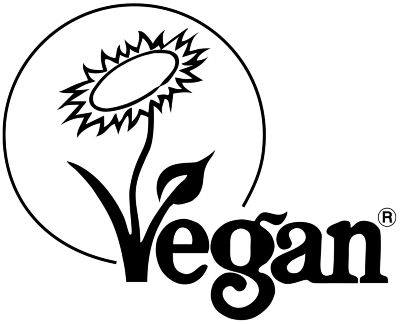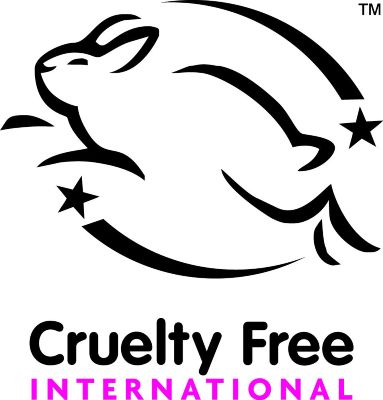Just because a product is labelled cruelty-free doesn’t mean it is vegan or natural. And some cruelty-free labels can be misleading – the trick is to know your bunnies!
With January or “Veganuary” – the month that celebrates all things vegan. I thought I’d take a delve into vegan, cruelty-free beauty this month.
Considerable Pain
I became a vegan a little over seven years ago. I had struggled for years with IBS and often suffered from frequent breakouts on my skin, big, sore, red spots that would linger and cause me considerable pain. Some allergy testing flagged up that I should really avoid dairy as my body had a severe intolerance to it.
I was never a big meat-eater, so I decided to try going vegan. Within just a few weeks, I felt so much better; my gut was less irritated and my skin began to calm down. A bit more research led me to understand the incredible complexities of the gut/skin link. I became fascinated by how what we put into and onto our bodies can have such a massive impact on how we feel and look. As a vegan, I spend a considerable amount of time reading labels in supermarkets.
Things you really wouldn’t expect to contain animal products are all over the place: from crisps, which often have milk powder, to sweets containing gelatine and even bottles of wine, which have egg and milk added during the clarification process. I am, therefore, hugely grateful when I stumble across items clearly labelled as Vegan. This includes beauty products.
Vegan Society Logo
Vegan beauty products (as is the case with vegan foods) do not contain anything that comes from an animal. This is different to products that are not tested on animals – I’ll come to that in a second.
Typical non-vegan ingredients in the beauty industry might include lanolin, beeswax, goat’s milk and ambergris. Which is produced in the digestive tract of sperm whales and is often used as a fixative in perfumes. Choosing products labelled as Vegan means you won’t encounter any of these ingredients.
I usually look for the Vegan Society logo as the gold standard here. In terms of selecting products not tested on animals, this can be an absolute minefield. The Leaping Bunny logo is the best way to verify that a brand does not test on animals in its supply chain. It has a very thorough system to ensure all cruelty-free claims made by a brand are true.

Leaping Bunny
The main difference in making the Leaping Bunny logo the gold standard for cruelty-free beauty is that they require companies to agree to independent audits. This means they can actually verify if the claims are true.
The companies are also prohibited from selling products in China (which still insists on compulsory animal testing for products sold there.) If you’re giving Veganuary a go this year or would like some more help understanding beauty labelling, just give me a shout and I’ll be happy to help. You can visit Caroline’s website here.
Finally, for more beauty related articles, click here.



